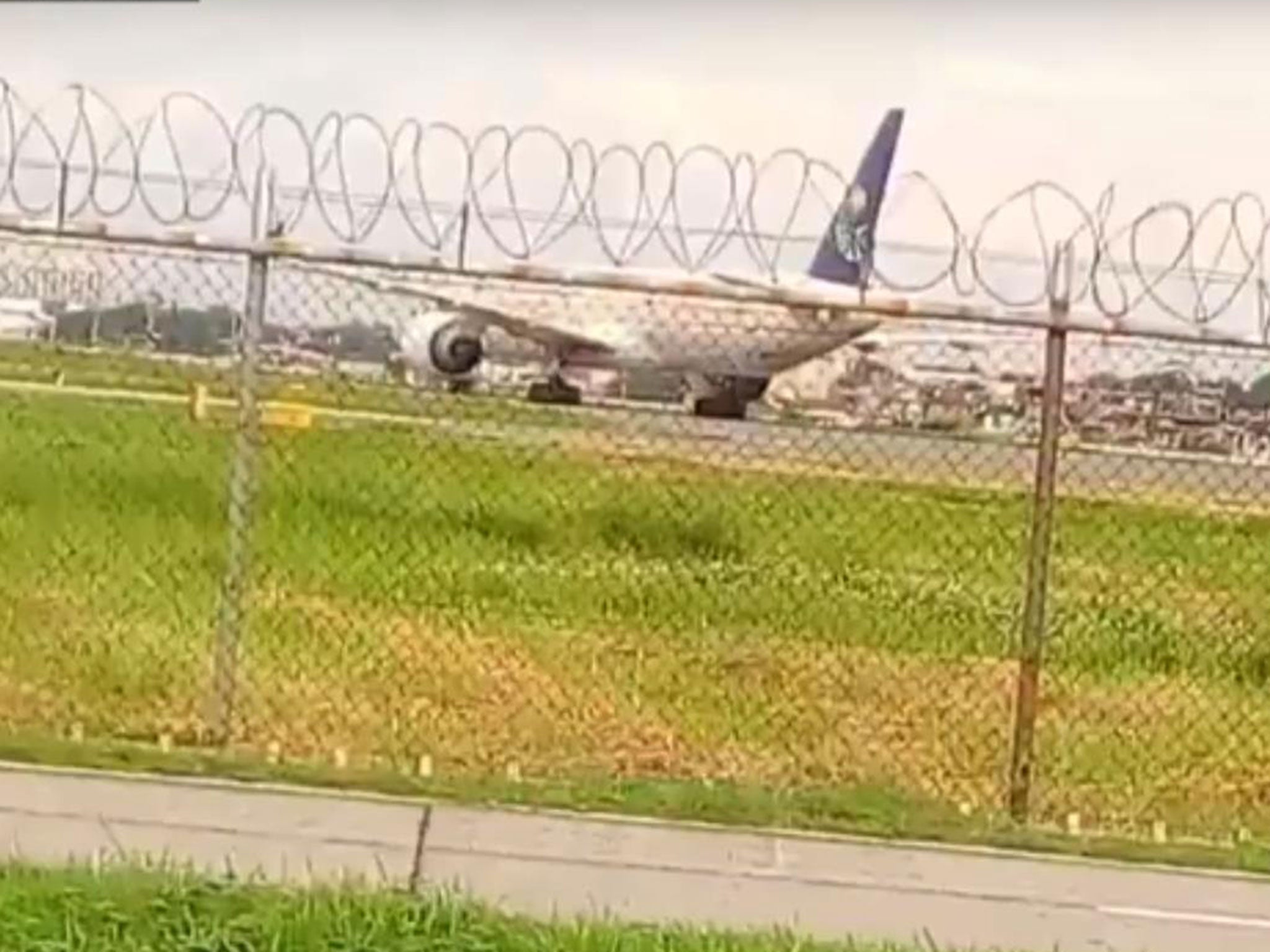Saudia Airlines plane isolated at Manila Airport after ‘false hijacking alarm’
Pilot reported threat as flight approached Philippines capital from Jeddah
Your support helps us to tell the story
From reproductive rights to climate change to Big Tech, The Independent is on the ground when the story is developing. Whether it's investigating the financials of Elon Musk's pro-Trump PAC or producing our latest documentary, 'The A Word', which shines a light on the American women fighting for reproductive rights, we know how important it is to parse out the facts from the messaging.
At such a critical moment in US history, we need reporters on the ground. Your donation allows us to keep sending journalists to speak to both sides of the story.
The Independent is trusted by Americans across the entire political spectrum. And unlike many other quality news outlets, we choose not to lock Americans out of our reporting and analysis with paywalls. We believe quality journalism should be available to everyone, paid for by those who can afford it.
Your support makes all the difference.A false alarm over a reported hijacking on a Saudia Airlines plane carrying more than 400 people has sparked a huge security operation at Manila Airport.
The pilot informed air traffic controllers the aircraft was “under threat” as it came into land in the Philippines on Tuesday but authorities later said there was no danger.
Saudia – also known as Saudi Arabian Airlines – attributed the incident to a “false alarm for hijacking” in a statement.

The Manila International Airport Authority (MIAA) said investigations were underway on Tuesday afternoon after the plane mistakenly sent a distress call.
Flight SV872, from Jeddah, was 20 miles from landing when the threat was reported, with controllers sending the Boeing 777 to land in an isolated area of Ninoy Aquino International Airport.
Officials said a hijack warning button was repeatedly pressed by the flight crew, sparking the mobilisation of security forces and isolation procedures.
Eddie Monreal, manager of the MIAA, said the distress call was sounded twice but the pilot later told air traffic controllers the signal was a mistake.
The plane landed at around 3pm local time (8am BST), with television footage showing emergency services at the scene.
Footage taken by passengers on board showed flight crew checking passengers' documents amid rumours Indonesian nationals were using Philippine passports.
Its 410 passengers and 21 crew were later allowed to disembark from the aircraft, with some wearing the traditional white clothing signifying they had carried out the Hajj pilgrimage.
The incident came as millions of Muslims return from the annual journey to the Saudi Arabian cities of Mecca and Medina, which must be carried out once by every Muslim according to the five pillars of Islam.
In February, Philippine officials announced they had strengthened security for Saudi Arabia’s embassy in Manila and its national airline, with armed officers posted to guard the Saudia boarding zone and luggage bays because of a possible threat.
Security remains high in the Philippines amid an Islamist insurgency by the Isis-affiliated Abu Sayyaf group in the south and the ongoing “war on drugs” waged by President Rodrigo Duterte.
Since he took office in June, more than 3,000 suspected drug users and dealers have been killed by security forces and vigilantes, raising international alarm over judicial process.
Among them is Aurora Moynihan, the daughter of the late peer Lord Anthony Moynihan, who was found shot dead in Manila with a note reading: “Pusher to the celebrities, you are next”.

Join our commenting forum
Join thought-provoking conversations, follow other Independent readers and see their replies
Comments